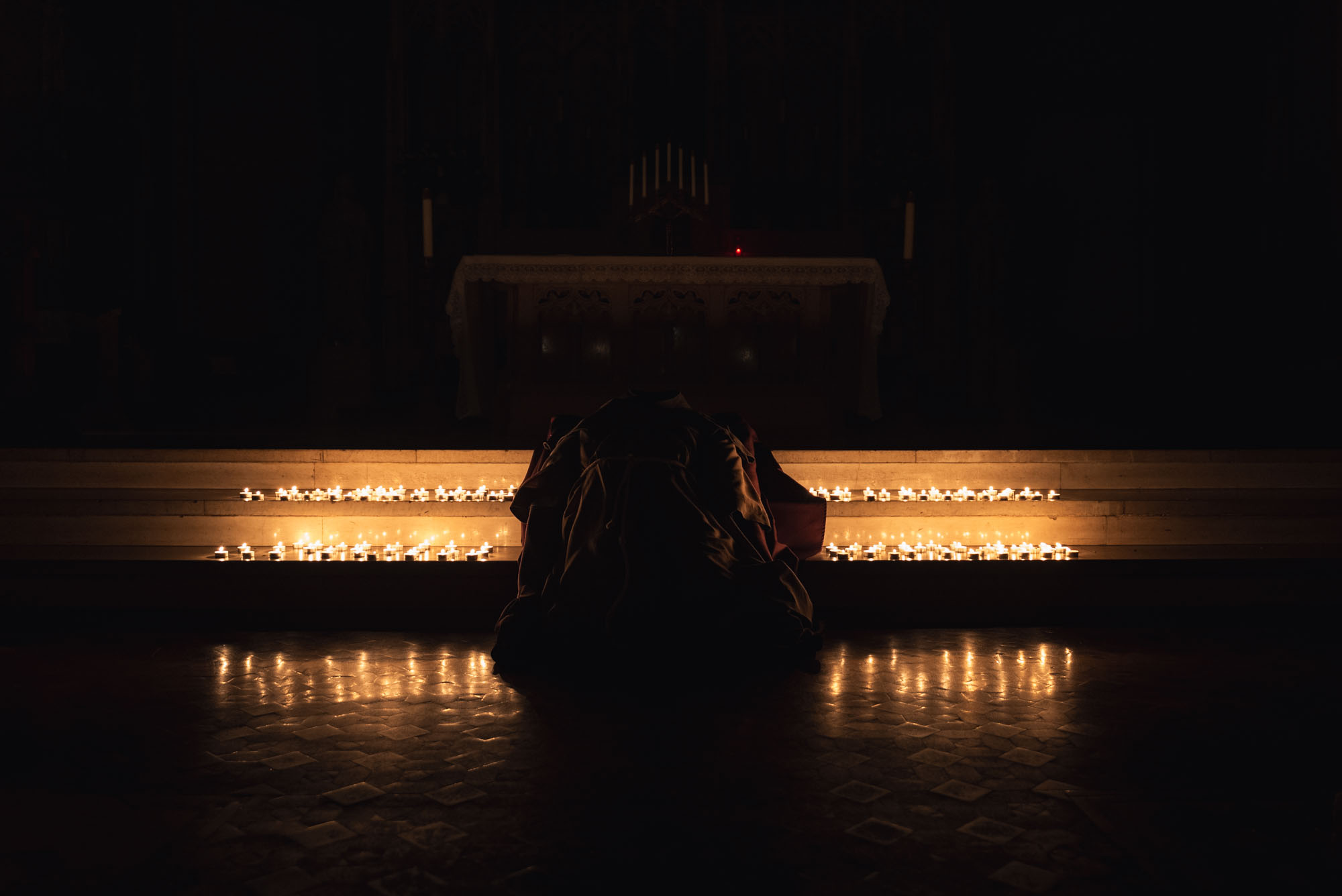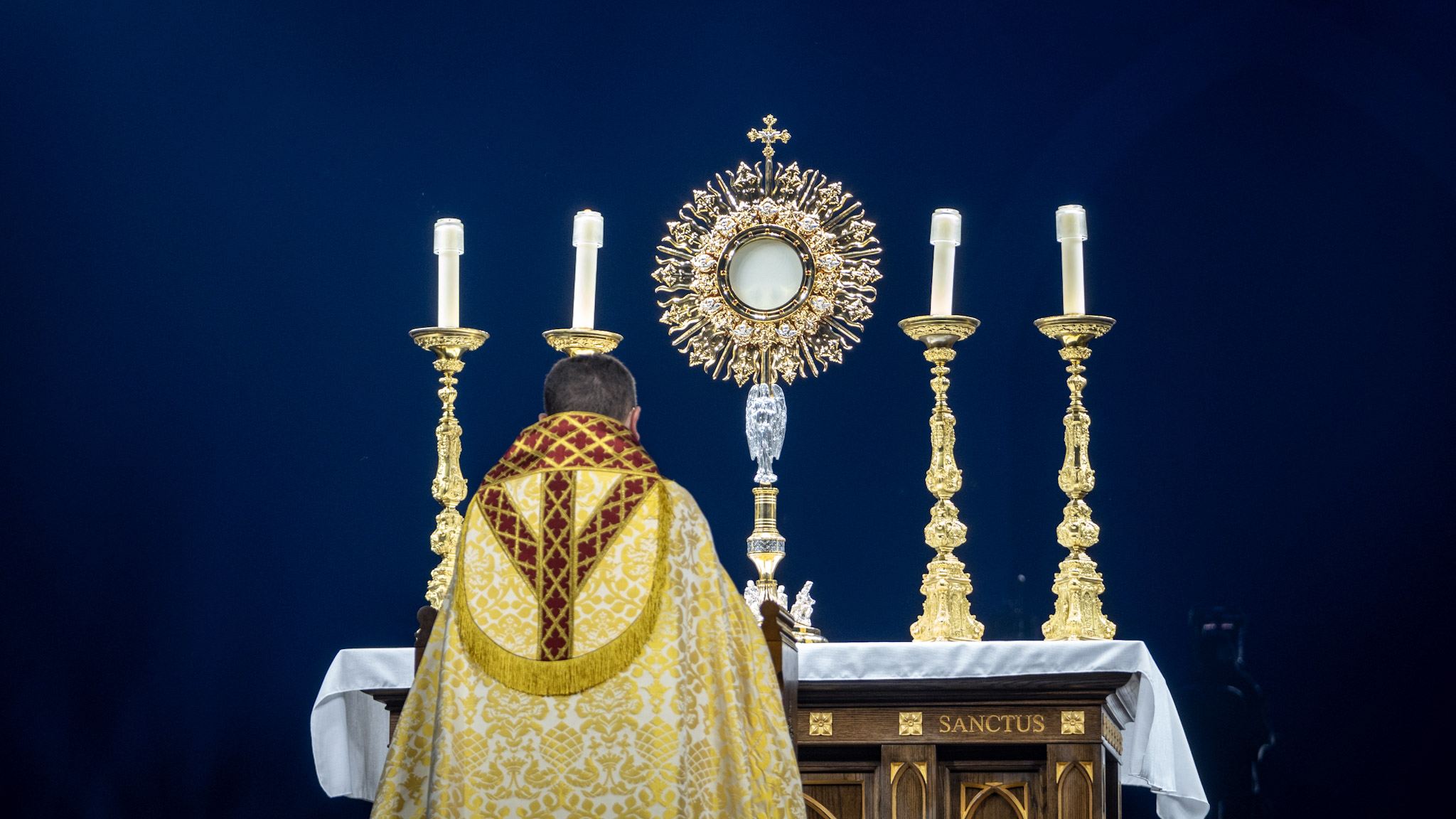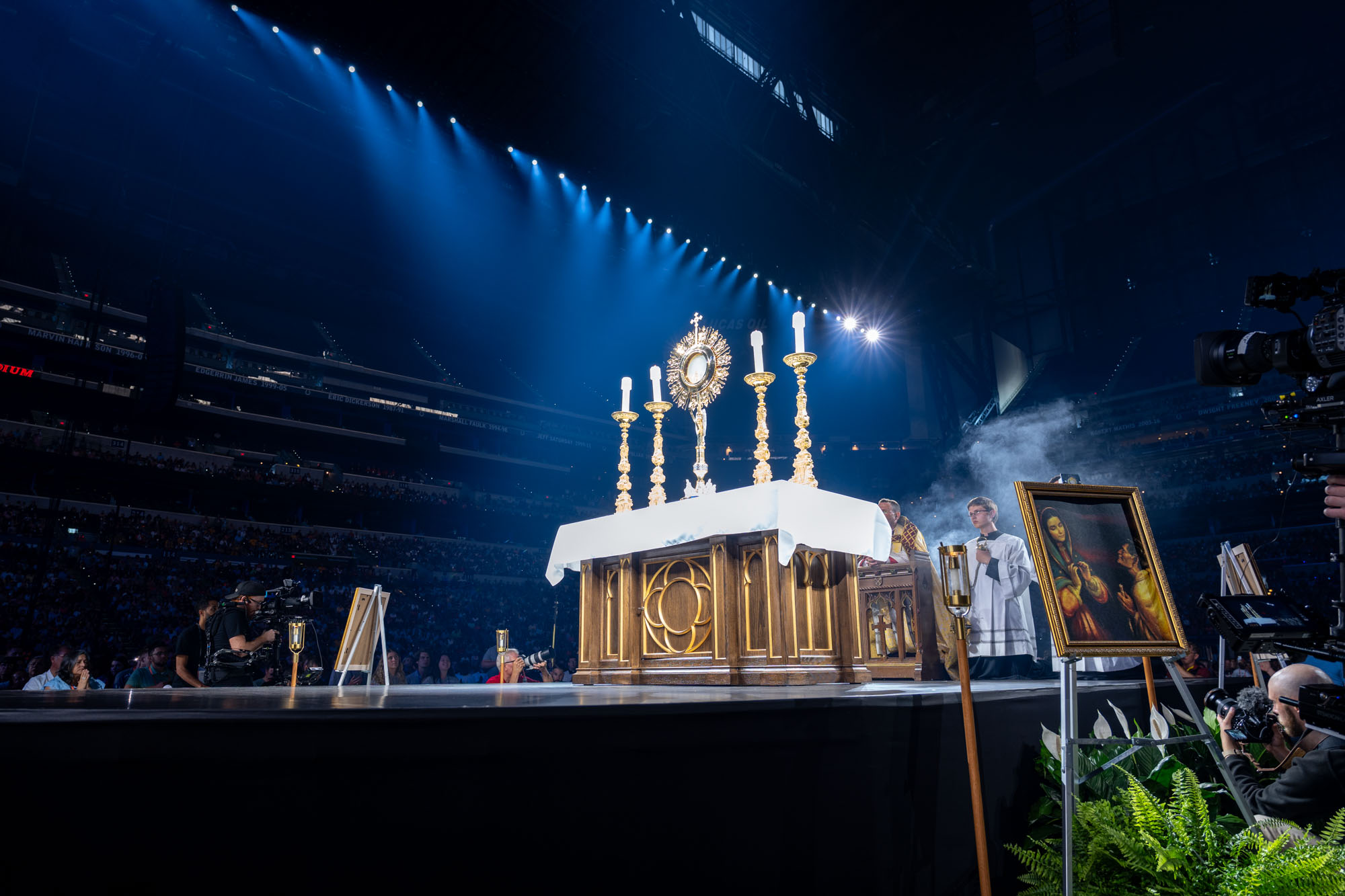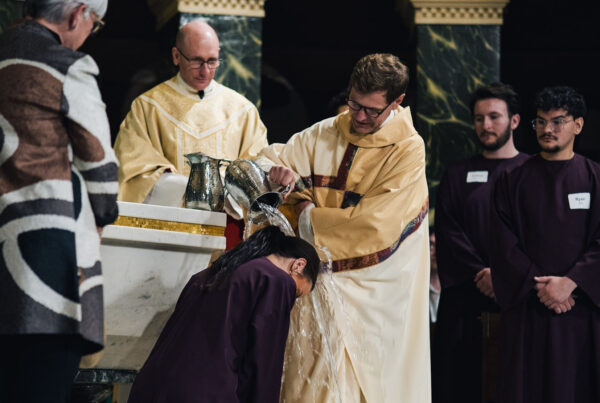The Transitus of Saint Francis of Assisi is one of the most cherished feasts in the Franciscan world. The Transitus is a joyful and prayerful commemoration of the end of Francis’ earthly mission and his entrance into glory. It reminds all Christians of the hope of the resurrection and the beauty of a life fully dedicated to God.
1. What is the Transitus of St. Francis?
Transitus (derived from the Latin word transire, meaning “to pass”) marks the transition of Saint Francis of Assisi from this life to eternal existence.
Every year, it is celebrated on the evening of October 3, the night before his feast day. This momentous event occurred in 1226, when Saint Francis, who was seriously ill and almost blind, died in the Portiuncula, a beloved chapel near Assisi that he had lovingly restored with his own hands. Surrounded by his brothers, he welcomed “Sister Death” with joy and serenity, perceiving death not as a conclusion but as a return to his Creator.
In the Franciscan tradition, Transitus is not a somber occasion – it is a celebration of Francis’s completion of his earthly journey and his complete union with God. It reflects the “Paschal Mystery” of Christ – the transition from death to new life.
2. How is the Transitus Observed?
The Transitus is a solemn event in the Franciscan liturgical year. It is observed by:
- Friars Minor (OFM)
- Conventual Franciscans (OFM Conv.)
- Capuchin Franciscans (OFM Cap.)
- Poor Clares
- Secular Franciscans (OFS)
- Franciscan-inspired lay groups
Common features of the Transitus service include:
The lighting of candles or lamps – representing Christ as the Light of the World and Francis’s transition into that light.
Scripture passages – typically from the Gospels (John 13:1–17 or John 14:1–6) that focus on Jesus’ farewell to his disciples, paralleling Francis’s parting message to his brothers.
Meditations or reflections – centered around themes like poverty, humility, peace, and joy.
Opening hymns – frequently “All Creatures of Our God and King,” derived from Francis’s Canticle of the Creatures.
Excerpts from Franciscan literature – such as The Little Flowers of St. Francis, The Testament of St. Francis, or The Life of St. Francis by Thomas of Celano, which recount his last moments.
At the conclusion of the service, the community often processes in silence or sings Salve Regina, ending with quiet contemplation or reflection. In many parishes, the Transitus is held on the evening of October 3rd, while the Feast of St. Francis is honored with Mass on October 4th.
3. The Last Words and Final Moments of St. Francis
In his last days, St. Francis requested to be placed on the bare earth, reflecting his humility and his wish to “embrace Sister Death” in poverty, consistent with how he had lived. He expressed gratitude to God for the gift of creation, his fellow brothers, and his calling.
His final documented words were:
“I have completed what I was meant to do; may Christ guide you in discovering what you are meant to do.”
He also recited Psalm 141 and asked his brothers to sing the Canticle of the Creatures, particularly the lines about “Sister Death.” He wanted his passing to be a moment filled with joy and worship, rather than grief.
According to early Franciscan accounts, a lark, a bird Francis cherished, flew above the roof of the Portiuncula, singing sweetly as he passed away—symbolizing joy and liberation of the spirit.
Francis breathed his last at sunset on October 3, 1226, with his face oriented toward heaven, blessing his brothers and the city of Assisi.
4. The Feast Day of St. Francis of Assisi
- Date: October 4
- Liturgical Rank: Feast (in the universal Church)
- Patronages: Animals, ecology, peace, merchants, and Italy.
The feast day of Saint Francis of Assisi is celebrated on October 4th. It pays homage to the founder of the Franciscan Order, which is celebrated for his devotion to poverty, nature, and all living things, and is commonly marked by the “Blessing of the Animals.” This feast day is recognized by numerous Christian denominations and honors his life of devotion and his deep bond with God’s creation.
Numerous churches globally commemorate this day with:
- Mass in honor of Saint Francis
- Blessings for animals and pets (representing his stewardship of nature)
- Charitable acts and initiatives promoting peace
- Events focused on environmental awareness
Summary
The Transitus of Saint Francis of Assisi goes beyond simply commemorating death – it serves as a joyful tribute to eternal life and a fulfillment of the call of the Gospel. It encourages followers of all religions to reflect on their own transformation from life to eternity, from service to honor. By accepting death with serenity and adopting a joyful attitude, Saint Francis continues to inspire countless people to embrace the values of simplicity, humility, peace, and love for all creation.








